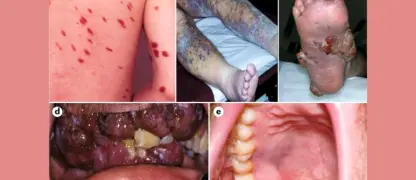Measles (Rubeola) is a highly contagious viral infection that affects children and adults. Recognizing early symptoms and understanding prevention is key to protecting health.
What are the main causes of Measles (Rubeola)?
- Measles (Rubeola) is caused by the measles virus, which spreads through coughing, sneezing, and close contact with infected individuals.
- Individuals with weakened immune systems are more susceptible to contracting Measles (Rubeola) after exposure to the virus.
- Lack of vaccination significantly increases the risk of contracting Measles (Rubeola) and spreading it within communities.
Key symptoms of Measles (Rubeola) to watch for
- High fever often precedes a red, blotchy rash covering the body, a classic sign of Measles (Rubeola).
- Persistent cough, runny nose, and red, watery eyes are common early symptoms of Measles (Rubeola).
- Small white spots inside the mouth, known as Koplik spots, typically appear before the skin rash develops.
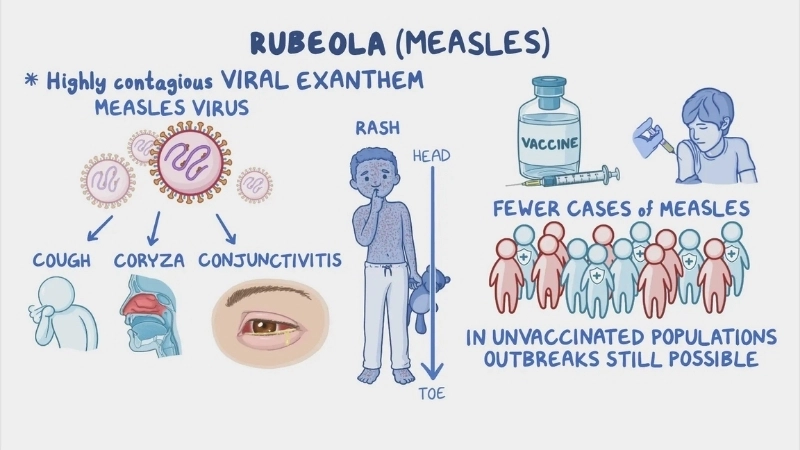
>>>Refer to more: Understanding human T-lymphotropic virus (HTLV) infection
How can you prevent Measles (Rubeola) effectively?
- Receiving two doses of the MMR (measles, mumps, rubella) vaccine is the most effective way to prevent Measles (Rubeola).
- Maintaining good hygiene, including frequent handwashing and avoiding contact with infected individuals, helps reduce the spread.
- Prompt isolation of infected individuals ensures the virus does not transmit to vulnerable populations.
>>>Refer to more: Understanding hepatitis D causes symptoms and treatment
Image description of Measles (Rubeola)
Measles (Rubeola) is a highly contagious viral infection marked by fever, cough, runny nose, red eyes, and a characteristic red rash. Early vaccination and good hygiene are essential for prevention.


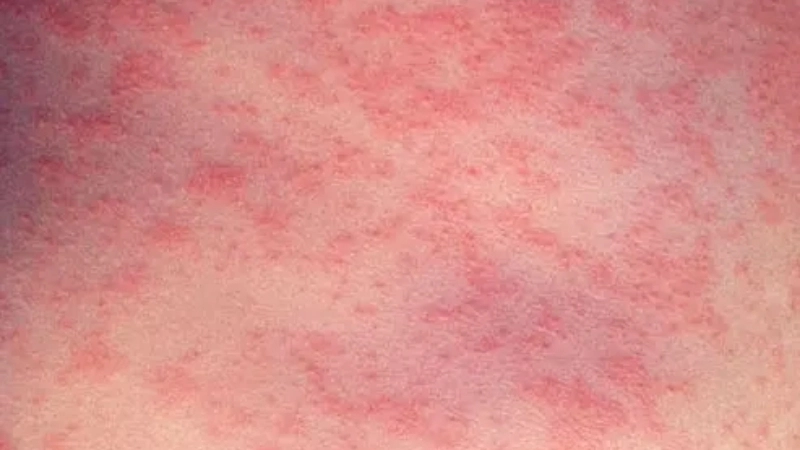

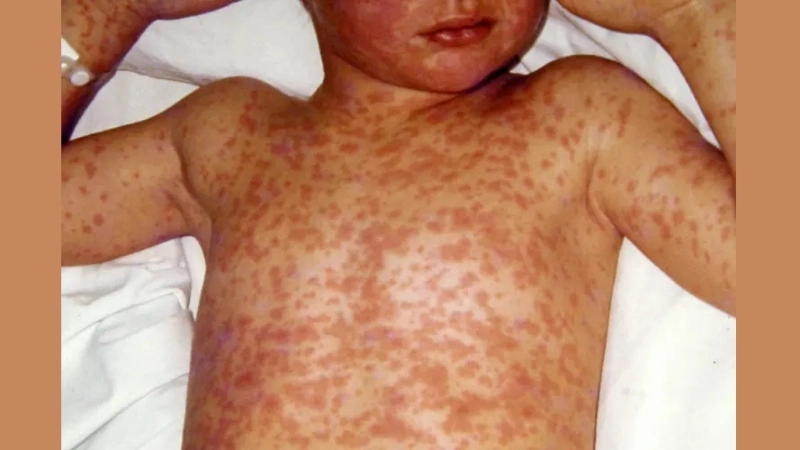
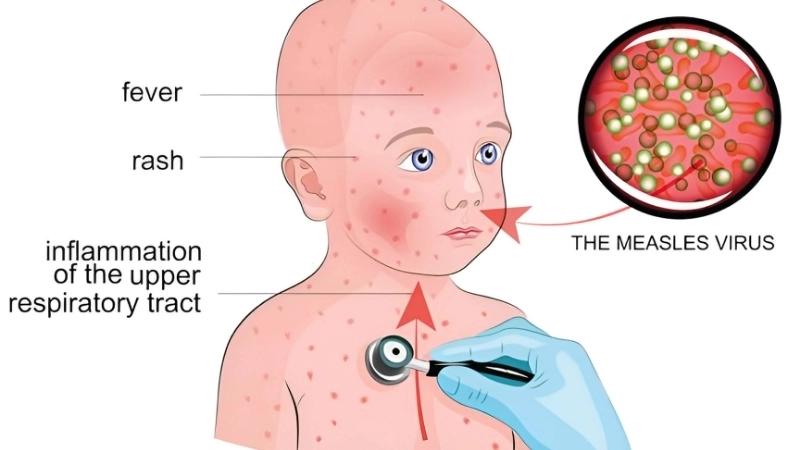

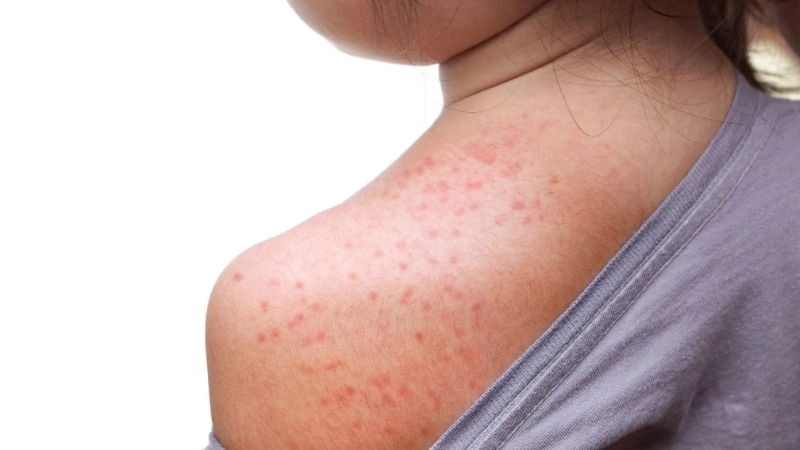
>>>Refer to more: Understanding Hepatitis C symptoms causes and risks
Being informed about Measles (Rubeola) can save lives. Follow vaccination schedules, practice hygiene, and monitor symptoms to reduce risks and keep your family safe.




